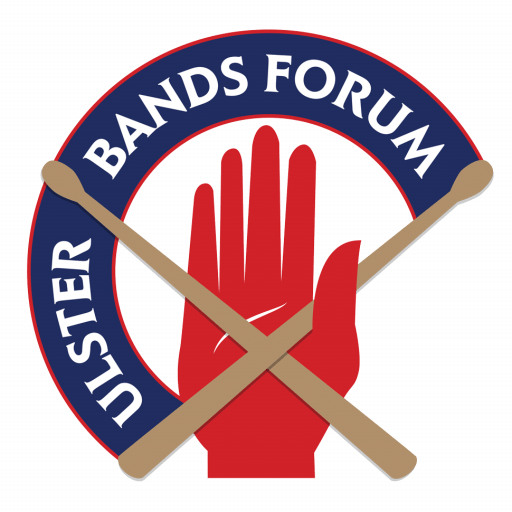On it’s own, the Comber Letter could have been taken as a hoax. But when considered in the context of other events at the time, it took a much more sinister turn. If you want to read a little more of this background you can find it here “Protestant Fears in 1688”.
In the First week of December 1688, in Comber Co Down, there was found an un-signed letter, written in a semi-illiterate hand. The letter was addressed to the Earl of Mount-Alexander, a Protestant nobleman, who resided locally.
Dated 3rd December 1688, it was marked “To my Lord, this deliver with haste and care.” It read….
Good my Lord, I have written to you to let you know, that all our Irish men through Ireland is sworn, that on the ninth day of this month, they are all to fall on to kill and murder, man, wife and child: and I desire your Lordship to take care of yourself and all others that are judged by our men to be heads. For whosoever of them can kill any of you, they are to have a captain's place. So my desire to your honour is to look to yourself, and give other noblemen warning, and go not out either night or day without a good guard with you. And let no Irish man come near you, whatsoever he be: So this is all from him who was your father's friend, and is your friend, and will be, though I dare not be known, as yet, for fear of my life.
Similar letters were written to several others, including Mr Brown of Lisburn, and Mr Maitland of Hillsborough.
Whether these letters were a hoax or not, the Protestants were convinced that they were genuine, because it confirmed a growing belief that a general insurrection on the part of the Irish was about to take place, and the grim tragedy of 1641 was to be acted over again.
Copes of the letter and news concerning it were speedily circulated amongst the Protestants throughout the country.
Two came to Londonderry. William Cunningham sent one from Belfast along with a personal letter to George Canning of Garvagh, with instructions that he was to read it and the notify the citizens of Londonderry as quickly as possible.
Canning sent details of the anonymous letter via messenger to Alderman Tomkins of Londonderry. During his travels, the messenger conveyed the information to Colonel George Philips, a former Governor of Londonderry now the proprietor of Newtown-Limavady.
Philips received the news on December 6, the same day that the Earl of Antrim’s Regiment had arrived at Limavady, with plans to quarter overnight before proceeding to Londonderry.
It had been thought that the Earl of Antrim’s regiment would be eight companies approximately 400 men. However Phillips realised that Antrim’s regiment was three times the size, with more than 1200 men as well as a large number of woman and boys.
By now, believing that the Regiment were intending to execute the massacre in the City of Londonderry, Philips sent a messenger late that night to Alderman Norman in Londonderry. He urged him to “consult the sober people of the town and to set out the danger of admitting such guests among them.”
Philips messenger arrived in Londonderry about the same time as Alderman Tomkins was conveying to the citizens the contents of the letter as sent by Canning.
Phillips anxiety for the safety of Londonderry grew with the passing hours and early in the morning of 7th December he sent a second message to Alderman Norman advising him to shut the gates of the city and assured him that he would be with the people of Londonderry on the following day.
The messenger who delivered this passed the advance party of redshanks about 2 miles from Londonderry this consisted of three companies approximately 180 men.
The ‘Comber Letter’ had set in motion a train of events which resulted in the Siege of Derry and in the loss of Ireland to James.
Source: Author

